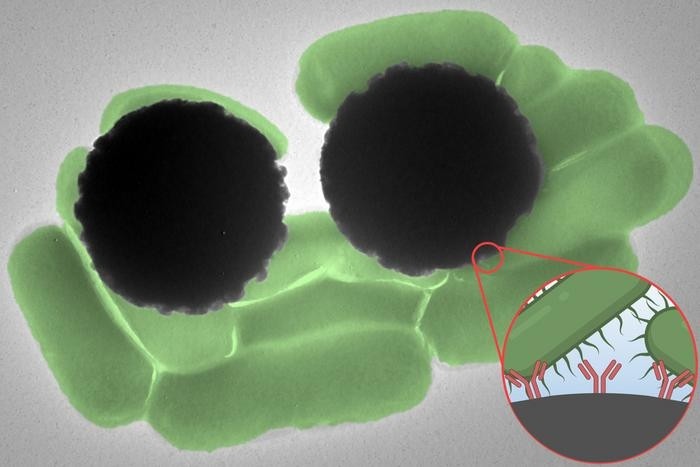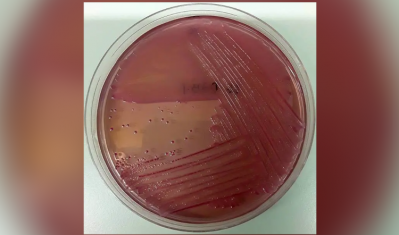News
Microscopic magnetic beads offer quick method for detecting pathogens

Known as Dynabeads, these microscopic magnetic beads can be coated with antibodies that bind to target molecules – such as specific pathogens. While typically used in experiments in which they are mixed into solutions to capture molecules of intertest, scientists must take additional, time-consuming steps to confirm is those molecules are indeed present.
The MIT team’s new method uses optics, specifically Raman spectroscopy, to confirm the presence of Dynabead-bound pathogens faster. This optical technique identifies specific molecules based on their ‘Raman signature’, or the unique way in which a molecule scatters light.
Faster pathogens detection
They found that Dynabeads have an unusually strong Raman signature that can be easily detected, much like a fluorescent tag. This signature can act as a ‘reporter’ that, if detected, can serve as a quick confirmation – within less than an hour – that a target pathogen is indeed present in a given sample.
As a practical demonstration, the researchers mixed Dynabeads into vials of water contaminated with Salmonella. They then magnetically isolated these beads onto microscope slides and measured the way light scattered through the fluid when exposed to laser light. Within half a second, they quickly detected the Dynabeads’ Raman signature — a confirmation that bound Dynabeads, and by inference, Salmonella, were present in the fluid.
“This technique would be useful in a situation where a doctor is trying to narrow down the source of an infection in order to better inform antibiotic prescription, as well as for the detection of known pathogens in food and water,” said study co-author Marissa McDonald, a graduate student in the Harvard-MIT Program in Health Sciences and Technology.
More available testing
“Additionally, we hope this approach will eventually lead to expanded access to advanced diagnostics in resource-limited environments.”
The team is currently working to develop a portable device for quickly detecting a range of bacterial pathogens, and has reported their results today in a special issue of the Journal of Raman Spectroscopy.
This research was supported, in part, by the MIT Laser Biomedical Research Center, the National Cancer Institute, and the Abdul Latif Jameel Water and Food Systems Lab at MIT.
Meanwhile, a report by the Chilled Food Association (CFA) has produced new guidance for the management of Listeria monocytogenes during food production.















